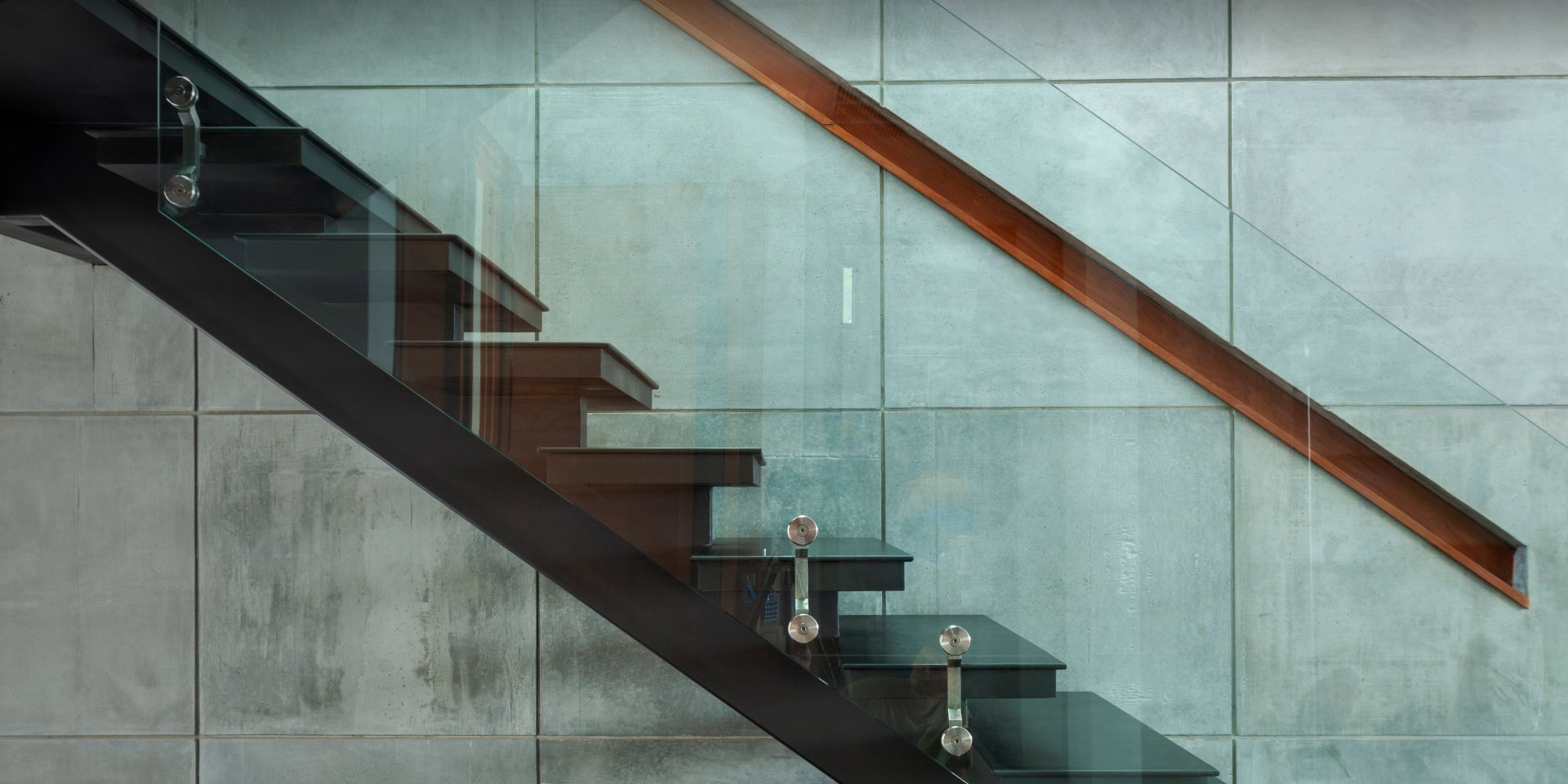Mirror glass starts as clear glass. The clear glass pane is moved by a conveyor to a washing station. Rotating brushes scrub the top and bottom sides of the glass, removing any oils or other contaminants. Next, sprayers rinse the glass with hot water, which is demineralised so that the metals applied next in the process are not damaged.
The first metal to be applied to the glass is liquefied tin, which is applied to what will become the back of the mirror. It allows the second metal, normally silver, to adhere because silver will not stick directly to glass. This silver backing transforms clear glass into mirror glass.
The silver backing is then sealed with two coats of paint: the pane passes through a curtain-coater, a machine that runs a continuous coat of paint across the conveyor. With its fresh coat of paint, the glass then passes through an oven where the paint is cured. The second coat of paint is then applied and cured in a similar way.





